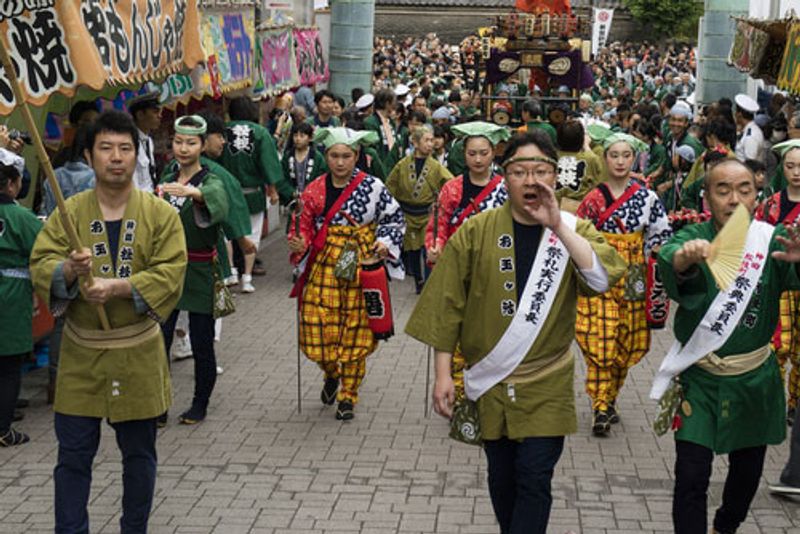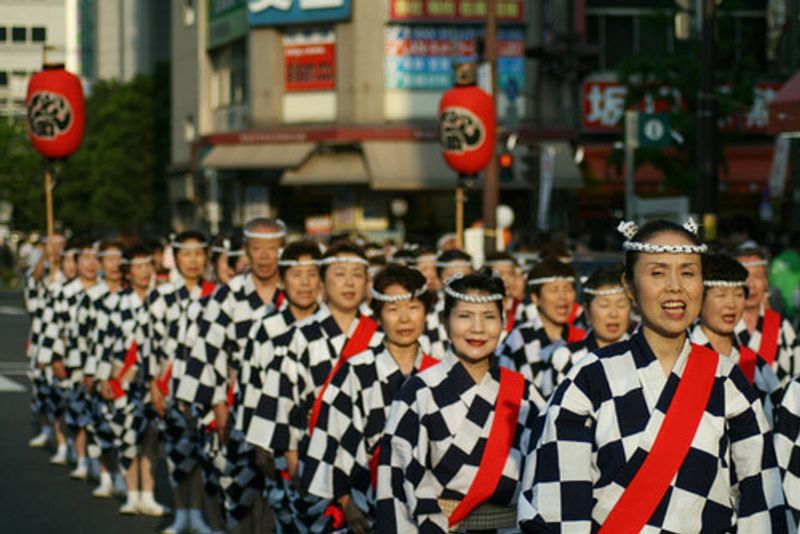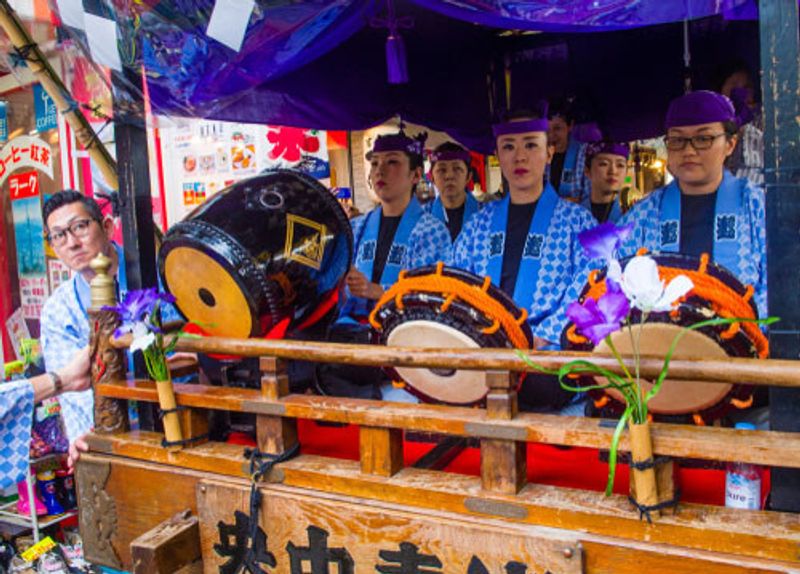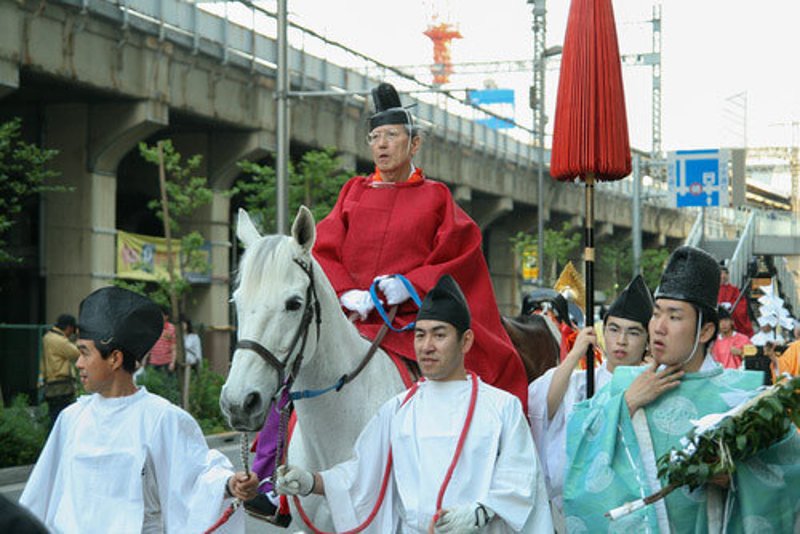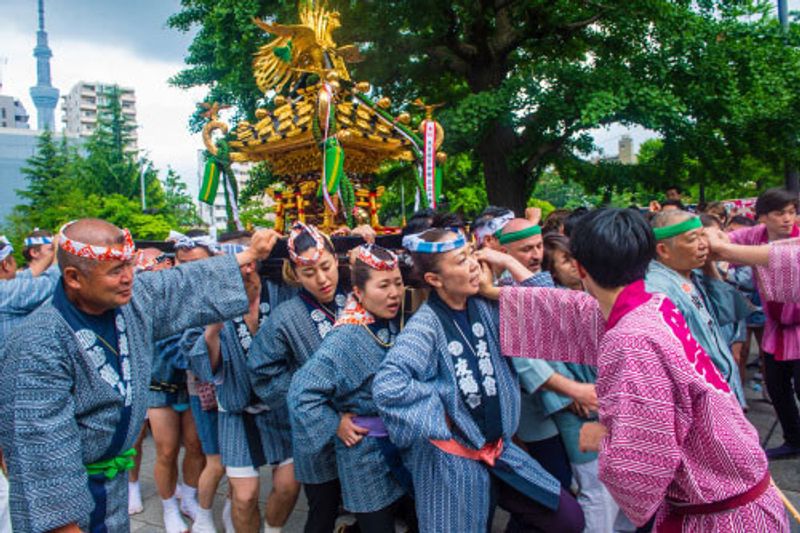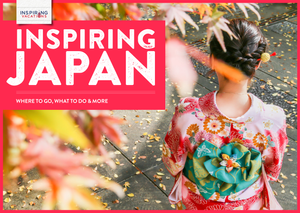One of Japan’s most time-honoured festivals is a stunning celebration of tradition and prosperity
Tokyo is one of the world’s great cities, and whether you travel for culture, history, food or just for fun, Japan's capital has something for everyone. The streets of its 23 special wards are simultaneously ancient and modern, conventional and eclectic; they’re also jam-packed with remarkable sights, restaurants and endless people-watching opportunities. So it’s fitting that a place of such diversity hosts one of the country's most famous matsuri (festivals), the Kanda Matsuri.
Every second May, the matsuri celebrations take place at the Kanda-Myojin Shrine and surrounding area. The festival will run in May next year, with the main celebrations and day-long street parades usually taking place in the middle of the month. Across the seven days of the festival, people make offerings to the Shinto gods and pray for continuing prosperity. Expect parades, entertainment, street food and over 200 elaborate floats. The matsuri is a great opportunity for visitors and locals alike to watch performances and connect with Japanese traditions. Visitors who don't like crowds should avoid this area for the week.
History
While celebrations have evolved over time, the modern-day Kanda Matsuri can be traced back to the early 17th century. In 1600, the Battle of Sekigahara broke out between east and west Japan over a struggle for power. The conflict, now considered one of the most significant in Japanese history, was eventually won by the eastern army and its leader Tokugawa Ieyasu, became the supreme shogun (military commander) of a unified Japan.
EXPLORE OUR INSPIRING JAPAN SMALL GROUP TOURS HERE
After the war ended, victory celebrations took over the streets of Tokyo (then known as Edo). Commemorations continued throughout the Edo era as a way to celebrate Japan’s prosperity under the Tokugawa Shogunate and eventually transformed into the Kanda Matsuri as we know it today, a celebration of wealth and good fortune.
What to expect
Nowadays, the Kanda Matsuri centres around the Kanda-Myojin Shinto shrine, near the vibrant Akihabara area of central Tokyo. In addition to the parades, the matsuri involves traditional taiko drum and music performances. Countless food stalls line the streets surrounding the shrine, so between serves of takoyaki (octopus balls) and juicy yakitori (skewers) there’s no chance attendees will go hungry.
Main celebrations
Although the Kanda Matsuri runs for a week, the two biggest days of celebration are on Saturday and Sunday. Crowds ebb and flow throughout the matsuri, but you'll need to get there early for a front row spot on the weekend.
Saturday is all about the parade. A procession of almost 1,000 people winds around the Chiyoda and Chuo wards, passing through many districts and pausing for prayers, before returning to the Kanda-Myojin shrine in the evening. Participants clad in traditional outfits walk alongside towering floats, musicians, dancers and there are even people on horseback.
On Sunday, over 100 mikoshi (portable shrines) are carried along the parade route by groups of men and women representing their communities. The mikoshi is stunning, adorned in gold with a phoenix on top and they’re also incredibly heavy. It’s believed that being able to carry the mikoshi – often weighing more than 300 kg – proves that the community will be prosperous for the coming year. While carrying their heavy shrines through the crowds, they chant messages of good luck and fortune. The standout mikoshi is the mammoth Sengan, which weighs a staggering 3,750 kg. The entire procession is a sight to behold, and a highlight of the Kanda Matsuri.
